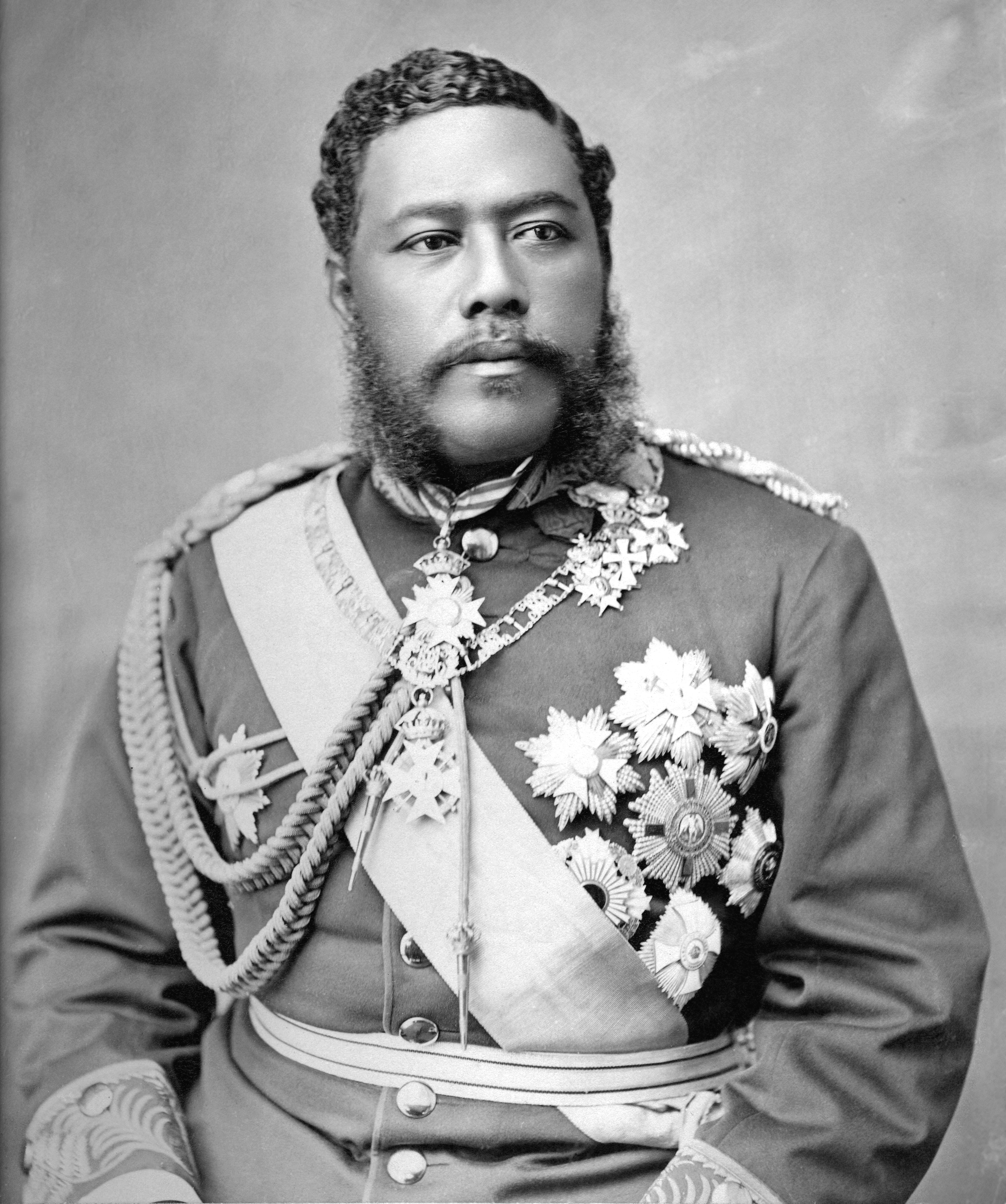White sandy beaches, beautiful food, tropical weather and endless sunshine. Just some of the tropes that come to mind when people think of the islands of Hawaii. In fact, Hawaii has been associated so much with tropical getaways, relaxing summer holidays, or a particular day in 1941, that most people have completely forgotten (or never learned) that long before any Japanese attack on Pearl Harbor – Hawaii used to be a country!
That’s right – its own country, with its own flag, own national anthem, own government, and even its own monarchy!
The Kingdom of Hawaii was proclaimed in 1795 when Kamehameha the Great, the first ruler of a united Hawaii, declared the official union of the islands!
Actually this isn’t true – not all of the islands were unified – but the ones which were not eventually decided by majority rule, to join the union anyway.
The Kingdom of Hawaii lasted for not quite a hundred years, from 1795 to 1893. In that time it had eight rulers. Seven kings, and one queen, all native-born Hawaiians. It was to be the last independent ruler of Hawaii – and the island nation’s first, last, and only queen regnant, who would have, arguably, the greatest impact upon Hawaiian culture and history.

King Kalakaua, the last King of Hawaii, and Queen Lili’uolakani’s older brother
Queen Lili’uokalani, who also went by the Christian name of Lydia – was born in Hawaii on the 2nd of September, 1838. Due to the early deaths of the previous monarchs, including that of her older brother, the popular King Kalakaua – who we can thank for bringing back the tradition of hula-dancing to Hawaii – Queen Lili’uokalani ascended the throne in 1891. Her time on the Hawaiian throne was brief, just two years before the monarchy was forcibly overthrown – but even before her short reign, Lili’uokalani was to have a big impact on Hawaii – largely thanks to her brother.
King Kalakaua was the first Hawaiian monarch to travel widely around the world. In his absence, his sister, then-Princess Lili’uokalani officially ruled Hawaii as Princess Regent. She was responsible for saving much of traditional Hawaiian culture.
She documented many traditional Hawaiian customs, dances, songs, and even pieces of music, which previously had only existed orally, passed from generation-to-generation without ever being written down. She helped to contain the spread of a smallpox epidemic among the Hawaiian islands, and, when she finally became queen upon the untimely death of her brother, she rewrote the Hawaiian constitution in an attempt to give more power to her native people.

Lili’uokalani – Queen of the Hawaiian Islands
But of all Queen Lili’uokalani’s lasting legacies, probably her most famous one of all – was a song.
Written in 1878, and supposedly inspired by the sight of two lovers bidding farewell to each other, then Princess Lili’uokalani penned a song which was to become the most famous piece of music ever written on Hawaiian soil. A song so famous that even now, over 140 years after its composition, just a few bars of its melody immediately conjours up images of coconuts, palm trees, white sandy beaches and tropical paradises.
A song called “Aloha Oe“. Also known as “Farewell to Thee“, after its English title.
Ever heard of it?

You might not know the title, but you’ll certainly know the tune. It’s been used in countless TV shows, films, short-cartoons and animated series, and has been a popular choice for recording-artists for well over 100 years. It’s been covered by everybody from Bing Crosby in the 1930s to Elvis Presley in the 1960s!
Queen Lili’uokalani’s original handwritten manuscript for the song – including all musical notation, and full lyrics in native Hawaiian, and English – are still held by the Hawaiian State Archives.
The song proved so popular and so famous that, when Queen Lili’uokalani died in 1917, the thousands of people who turned out to watch her funeral procession all sang “Aloha Oe” as her casket was borne past, as a tribute to their island nation’s last queen.